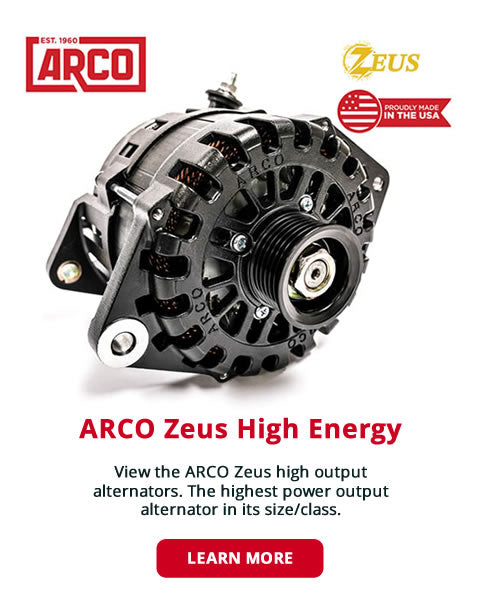
Spring TLC Boating Tech Tips for a Season of Engine Reliability
Show your Boat some TLC this Spring
We're all tired of being locked down by the cold weather. The good news is that boating enthusiasts know warm weather is just around the corner, and that means it’s time to start getting our boats ready. After sitting through the winter, boats need a certain amount of maintenance and TLC to make sure they are reliable for the season ahead. This simple guide of Spring TLC Boating Tech Tips will take you through 4 simple steps to make sure you start your season off right.
Here are some important checks from ARCO Marine's own Jeff Levins in this month's Spring TLC Boating Tech Tip to help get your boat ready for the water - you can watch the Tech Tip Video HERE.
The Battery
First up, let's check the battery.
- The first thing we want to do is clean the entire battery. As you are cleaning the posts, make sure that your connections are tight.
- Check the battery’s water level. If it is low, refill it, making sure to use distilled water only.
- Protect your battery with a spray or wipe on sealant.
- Charge the battery. (Batteries lose their charge in storage.)
The Oil
Next, let’s make sure we have changed the oil. If you didn't change your oil during the winter, it is time to do so. All manufacturers recommend changing your boat's oil at least once a year, including your lower unit. This is especially true when your engine has sat idle through the winter.
The Belts
Now it’s time to check the belts. You should always make sure to check your belts in order to ensure they are tightened and free of any cracks. During the colder months of engine inactivity, belts are more susceptible to cracking. Also, remember to check for smut. Smut is an indicator that your belt is going bad and needs to be replaced. Frankly, starting the season with new belts is always a good idea.
The Fuel System
Finally, let’s do a thorough inspection of the fuel system. If you filled your tank completely and included additive as part of winterizing your boat, you’re one step ahead. If not, you will need to completely drain the fuel system and start fresh. When you add fuel, you will want to include some additive as well. Now we need to perform a thorough inspection of all fuel filters, lines, and hoses to make sure there are no leaks. You don’t want to find out you have a leak when you’re already out on the water.
You can watch our download our full Battery Facts Tech Tip HERE.

